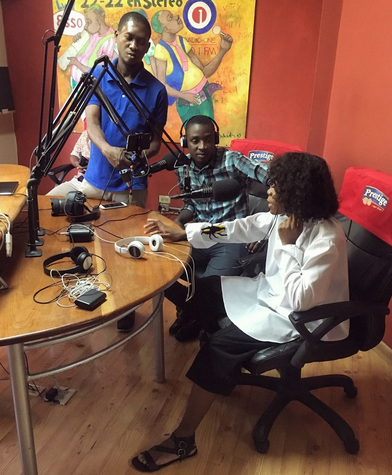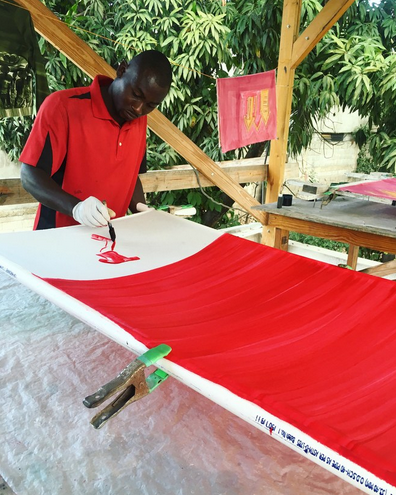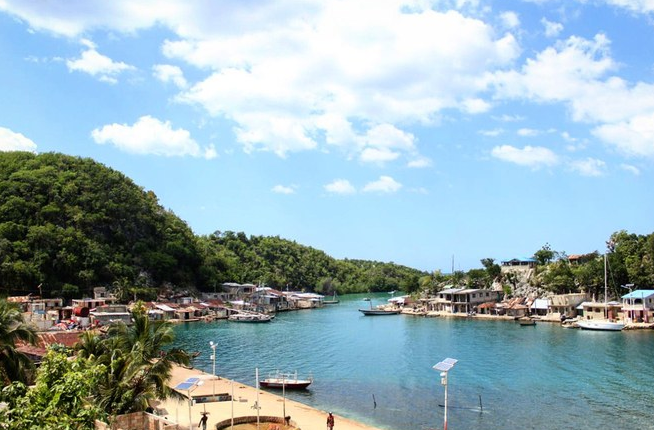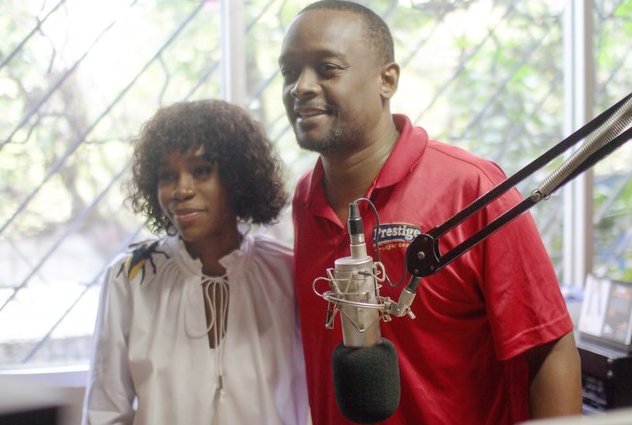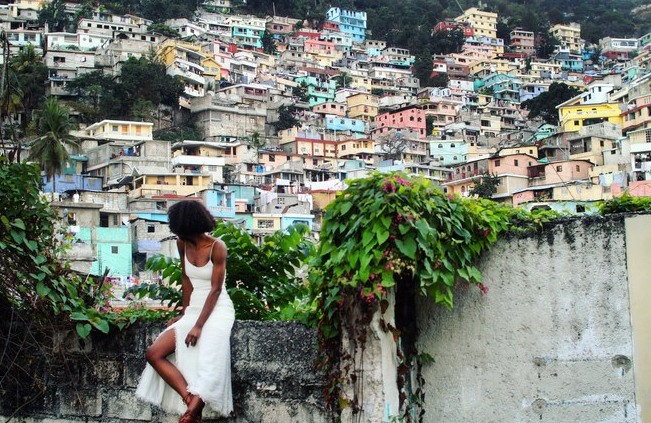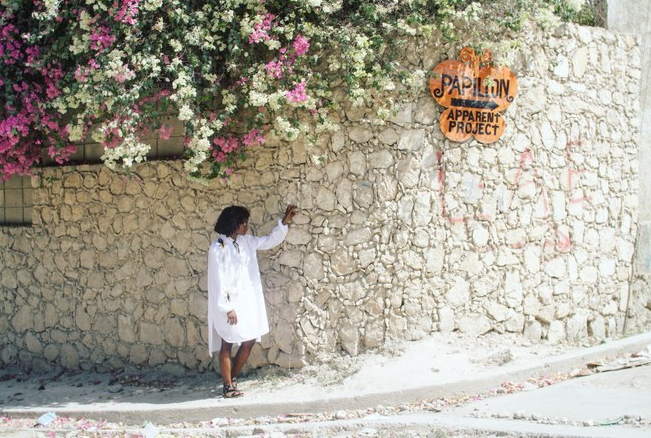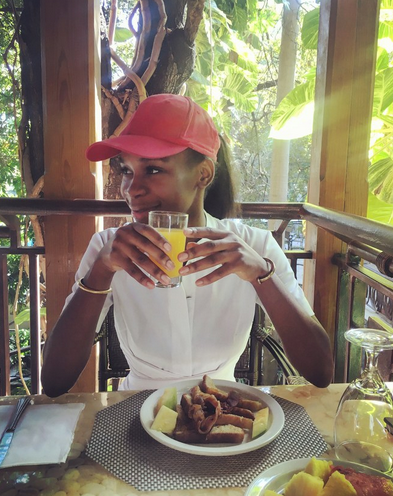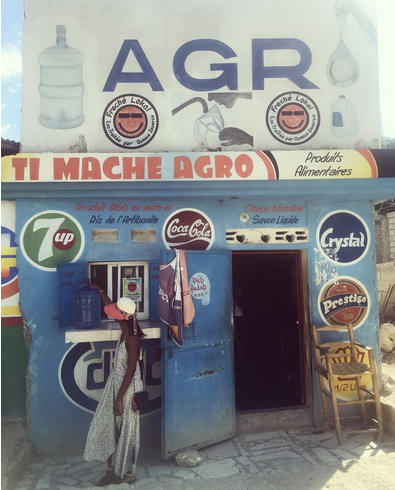
They say you can’t go home again, but Azede Jean-Pierre would beg to differ. The Haitian-born, Atlanta-bred designer—whose modern, quirky, and architectural designs have become favorites of former First Lady Michelle Obama and Solange Knowles—consistently pulls from her Carib roots and heritage for inspiration, often traveling back to the island for references and ideas. With her latest visit, though, the designer was working to give back to her beloved home country.
In partnership with the Clinton Foundation, Jean-Pierre returned to speak to local business owners about female entrepreneurship, tour local artisan collectives, and devise ways to collaborate with a vast network of local creatives. “The stories of these artisans are truly incredible,” she told Vogue. “Seeing the creativity and diversity of their work is awe-inspiring. It is so important to me for them to have an international outlet to show their work to the world, so I am anxious to start sourcing and collaborating and to grow our businesses together.” With a line of accessories created with local designer Pascale Théard in the pipeline for Spring 2018, it seems her mission is accomplished.
Business aside, Jean-Pierre used the trip as an opportunity to experience the joys of her native country, from the breathtaking views to haggling in the market. Here, the hometown design hero lets us in on her fruitful and empowering trip.
